| Uhrturm, Bürgerbastei, Denkmal, Türkenbrunnen, Ägyptisches Tor,
Starcke-Haus, Schloßbergbahn, Thomaskapelle, Glockenturm, Kasematten,
Welden-Denkmal, Hackher-Löwe, Zisterne, Gotisches Tor, Sky-Restaurant,
Biergarten, Café, lauschige Plätzchen unter schattigen Bäumen – und
relativ neu das Graz Museum Schlossberg und die Schloßbergrutsche |
|
|
Graz is the
second-largest city in
Austria, located in the southeastern part of the country. As
the capital of the Styria
region, Graz is a cultural hub known for its historical architecture,
vibrant arts scene, and youthful energy. The city is also a UNESCO World
Heritage site, recognized for its well-preserved medieval old town, a
mixture of renaissance, baroque, and modern architecture, and its strong
cultural heritage.
Key Features of
Graz:
-
Historical and Cultural
Significance:
-
Old Town (Altstadt):
The historic center of
Graz is a UNESCO World Heritage site, filled with
charming narrow streets, picturesque squares, and beautifully
preserved buildings. It features a combination of
Renaissance,
Baroque, and
Gothic
architecture, creating a timeless atmosphere.
-
Schlossberg Hill:
Overlooking the city,
Schlossberg Hill is home to the
Schlossberg Castle,
which offers panoramic views of Graz and is a popular spot for
both locals and tourists. Visitors can reach the top via a
funicular or
by climbing the clock
tower.
-
Landhaus: A
remarkable example of Renaissance architecture,
Landhaus is
the seat of the Styrian provincial government. It’s worth
visiting for its beautiful inner courtyard and historical
significance.
-
Art and Museums:
-
Kunsthaus Graz:
Often referred to as the
"Friendly Alien",
the Kunsthaus
is a contemporary art museum housed in an ultra-modern,
futuristic building. It stands in stark contrast to the
surrounding historical architecture and hosts rotating
exhibitions from international artists.
-
Universalmuseum
Joanneum: One of Austria's oldest and largest museums,
it features art, history, and science exhibits. The museum
includes collections on
archaeology,
natural history,
art, and
ethnography.
-
The Styrian Armoury
(Landeszeughaus): Home to the largest collection of
medieval arms and armor in the world, this museum is a
must-visit for history buffs.
-
Modern Architecture:
-
Graz is known for its
mix of old and new architecture, with stunning examples
of contemporary design. Besides the
Kunsthaus,
another modern landmark is the
Mumuth (the
Graz Music Theatre),
an architectural wonder and cultural center that hosts concerts
and performances.
-
Culinary Delights:
-
Styrian Cuisine:
Graz offers a variety of local culinary delights. Traditional
dishes from the Styria
region include Styria
pumpkin seed oil,
Käferbohnen
(a type of bean), and
sauerbraten (a type of marinated roast). Don't miss out
on trying a slice of
Sachertorte (chocolate cake) or the local
apple strudel.
-
Farmers’ Markets:
The city is known for its
local markets,
including the
Karmeliter Market and
Lendplatz Market,
where you can find fresh produce, artisan cheeses, meats, and
regional specialties.
- Graz is also a
wine region,
and you can enjoy
Styrian wines at local wine taverns, known as
Heurigen.
-
Festivals and Events:
-
Styrian Autumn:
A major cultural festival held in Graz, this event celebrates a
wide range of cultural activities, including classical music,
contemporary art, theater, and dance.
-
Graz Opera Festival:
Held annually, this event features world-class opera
performances and attracts music lovers from around the globe.
-
Graz Film Festival:
A celebration of cinema, where international films are showcased
and celebrated with various screenings and events.
-
Educational Institutions:
- Graz is home to several
prestigious universities, including
Karl Franzens
University,
Graz University of Technology, and the
University of Music
and Performing Arts Graz. The city has a large student
population, contributing to its vibrant, youthful atmosphere and
a range of bars,
cafes, and
cultural events.
-
Parks and Green Spaces:
-
Stadtpark:
Graz is home to many parks, and the
Stadtpark
(City Park) is a perfect place to relax and enjoy nature in the
city. The park is home to
musical fountains,
open green spaces, and the famous
Johann Strauss
monument.
-
Botanical Gardens:
Located on the
University of Graz campus, the
Botanischer Garten
features over 1,000 plant species and is perfect for a peaceful
stroll.
-
Transportation:
- Graz is well-connected by
train,
bus, and
tram systems.
The city has an efficient public transportation network that
makes it easy to get around.
- The
Graz Airport
serves both domestic and international flights, and the
train station
connects the city to other parts of Austria and neighboring
countries like
Slovenia and
Italy.
-
Nightlife:
- Graz has a vibrant
nightlife scene, especially in areas like the
Old Town and
Murinsel (an
artificial island in the Mur River). The city offers a mix of
trendy bars,
clubs, and
cafes, making
it a great destination for those looking to explore the Austrian
nightlife.
- The
Lendviertel
district is known for its
hip cafes,
art galleries,
and craft beer bars,
and it is one of the most popular spots for locals to unwind in
the evening.
-
Day Trips:
-
Schloss Eggenberg:
A Baroque-style palace located just outside Graz,
Schloss Eggenberg
is a UNESCO World Heritage site, featuring beautiful gardens and a
fascinating museum.
-
Mur Island: A
futuristic floating island in the
Mur River,
Murinsel is a
modern architectural landmark offering cafes and great views of the
city.
Best Time to Visit Graz:
-
Summer (June to August)
is the best time to visit for warm weather, festivals, and outdoor
activities.
-
Spring (April to May)
and Autumn (September to
October) are also great, with mild temperatures and fewer
tourists.
-
Winter (December to
February) can be cold but magical, especially during the
Christmas markets.
In Summary:
Graz is a city full
of contrasts—blending rich history with modern creativity. Whether
you’re exploring the UNESCO-listed old town, enjoying local Styrian
delicacies, or hiking up Schlossberg Hill, Graz offers something for
every type of traveler. Its vibrant arts scene, charming streets, and
welcoming atmosphere make it a hidden gem in Austria, perfect for a
cultural escape.
|
|
 Safaris
Bergsteigen
Wandern
Inselwandern Weltweit
Safaris
Bergsteigen
Wandern
Inselwandern Weltweit
 Europa
Inselwandern
Europa
Inselwandern
 Städtewandern
Städtewandern
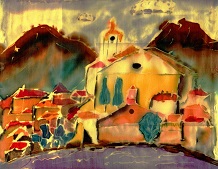 Paintings
Paintings 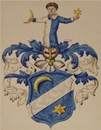 Dirk Rauschenbach
Dirk Rauschenbach
 Safaris
Bergsteigen
Wandern
Inselwandern Weltweit
Safaris
Bergsteigen
Wandern
Inselwandern Weltweit
 Europa
Inselwandern
Europa
Inselwandern
 Städtewandern
Städtewandern
 Paintings
Paintings  Dirk Rauschenbach
Dirk Rauschenbach
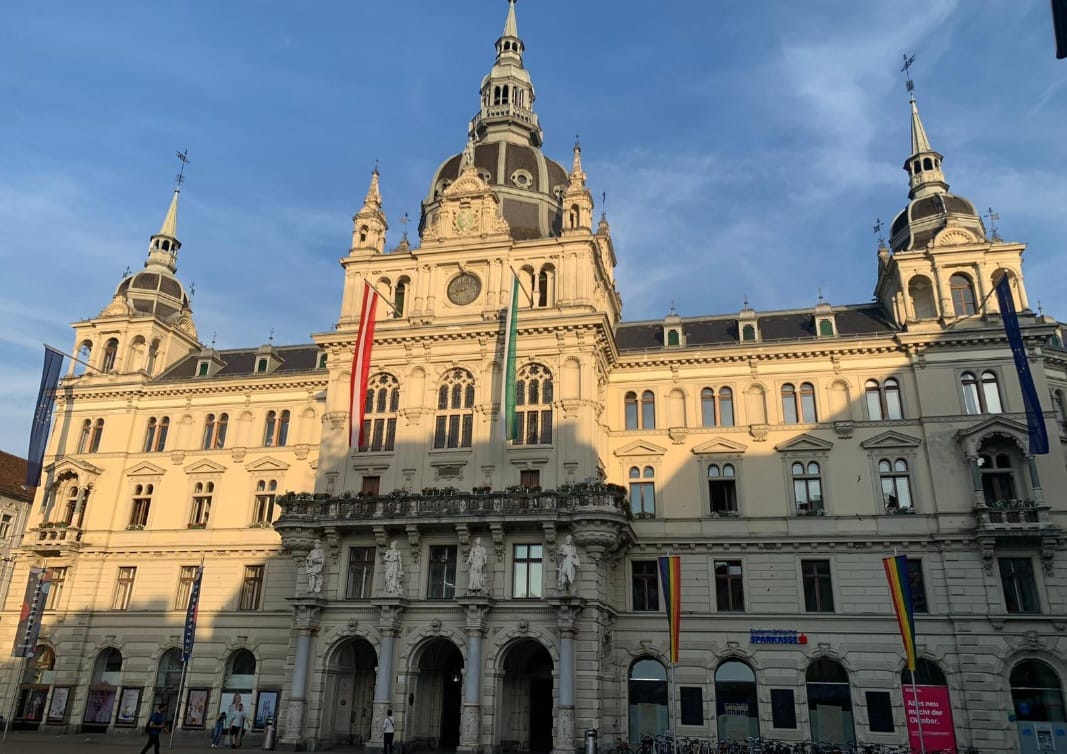
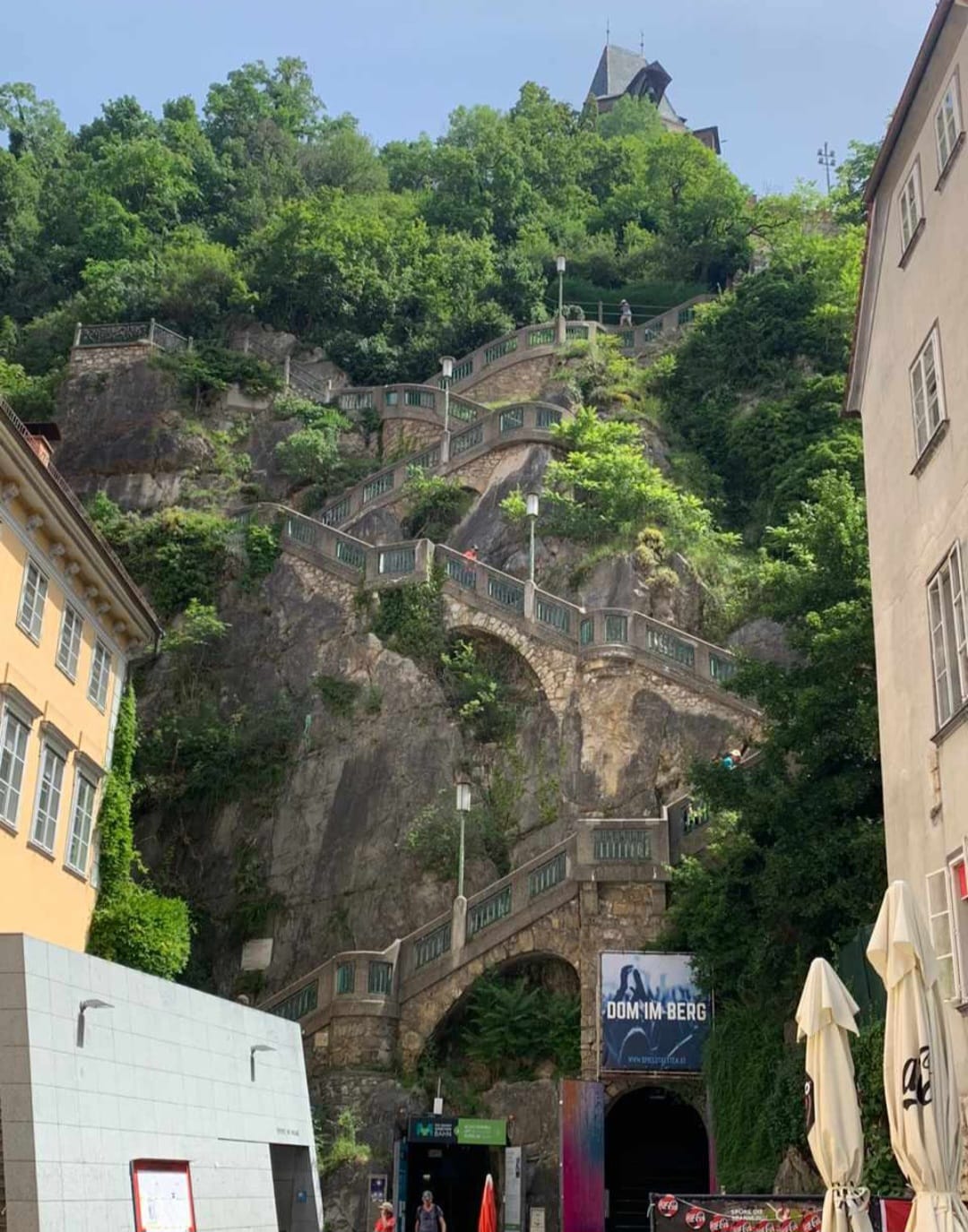
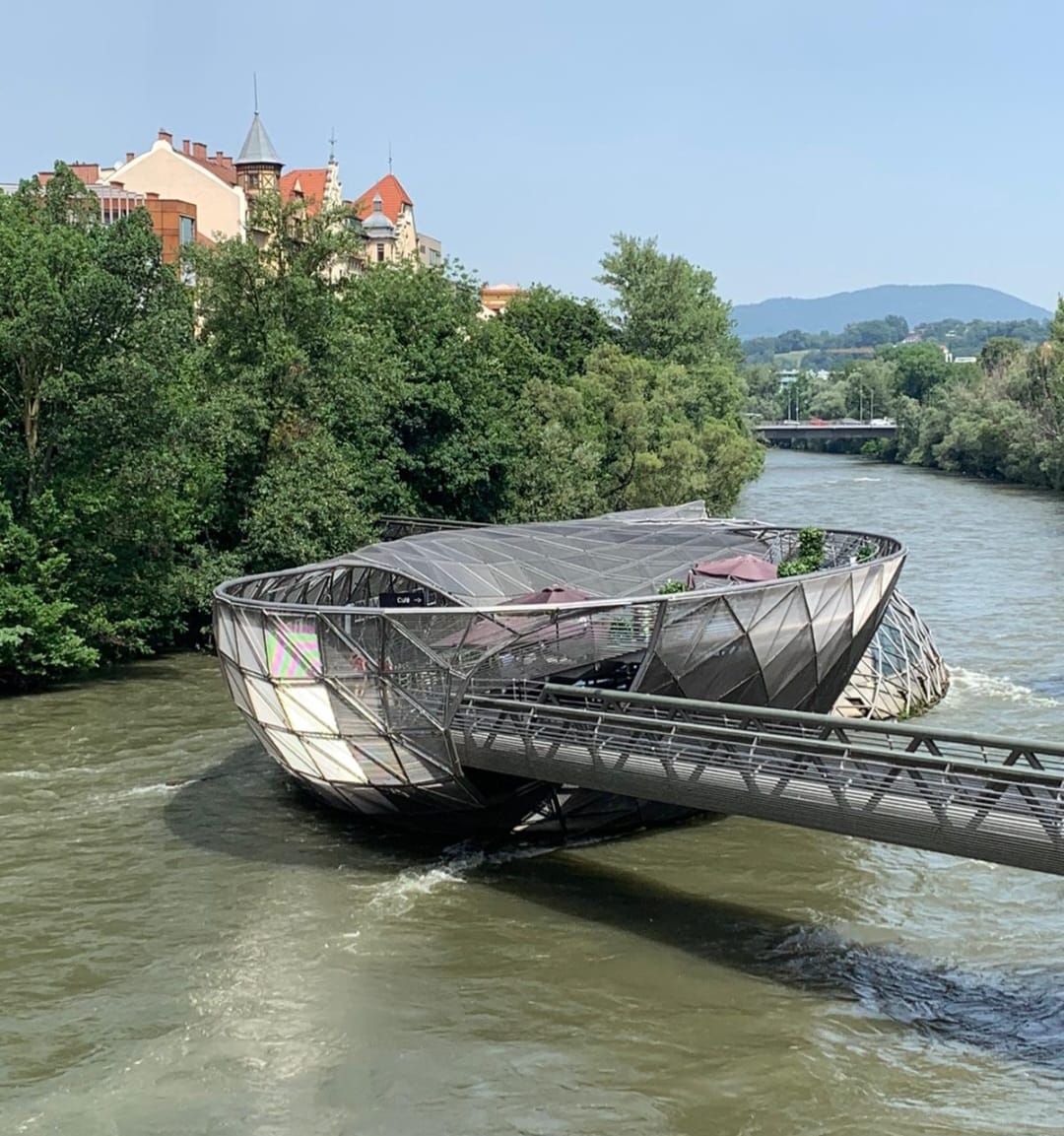
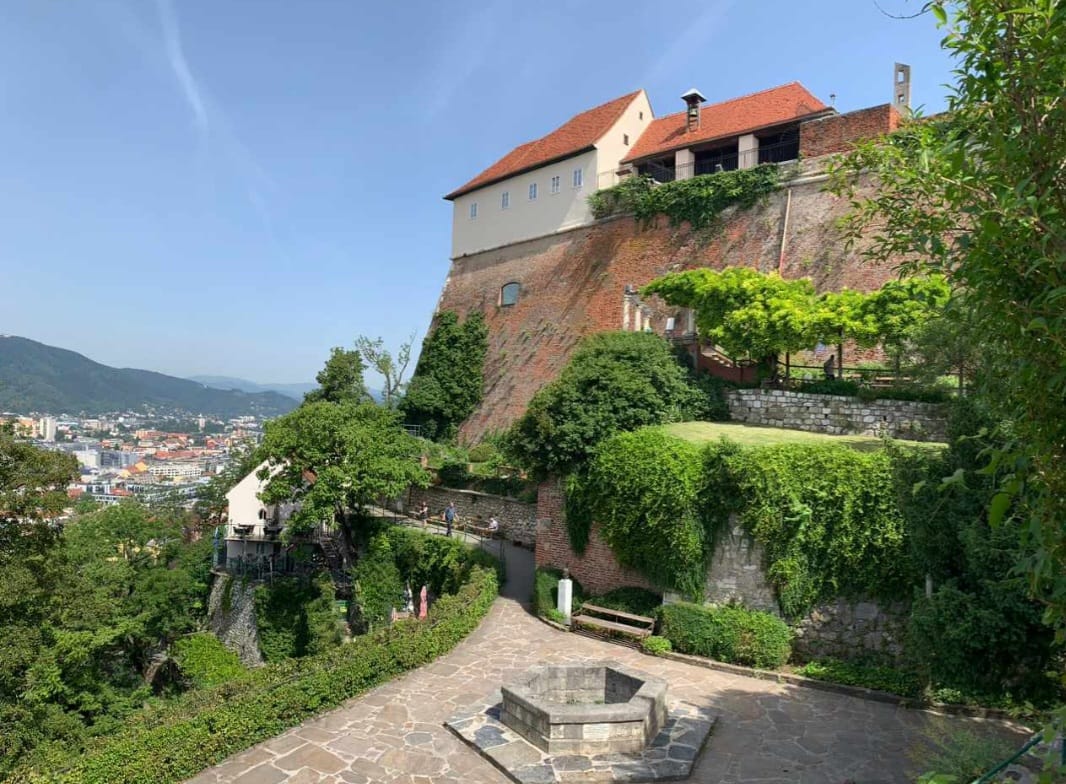
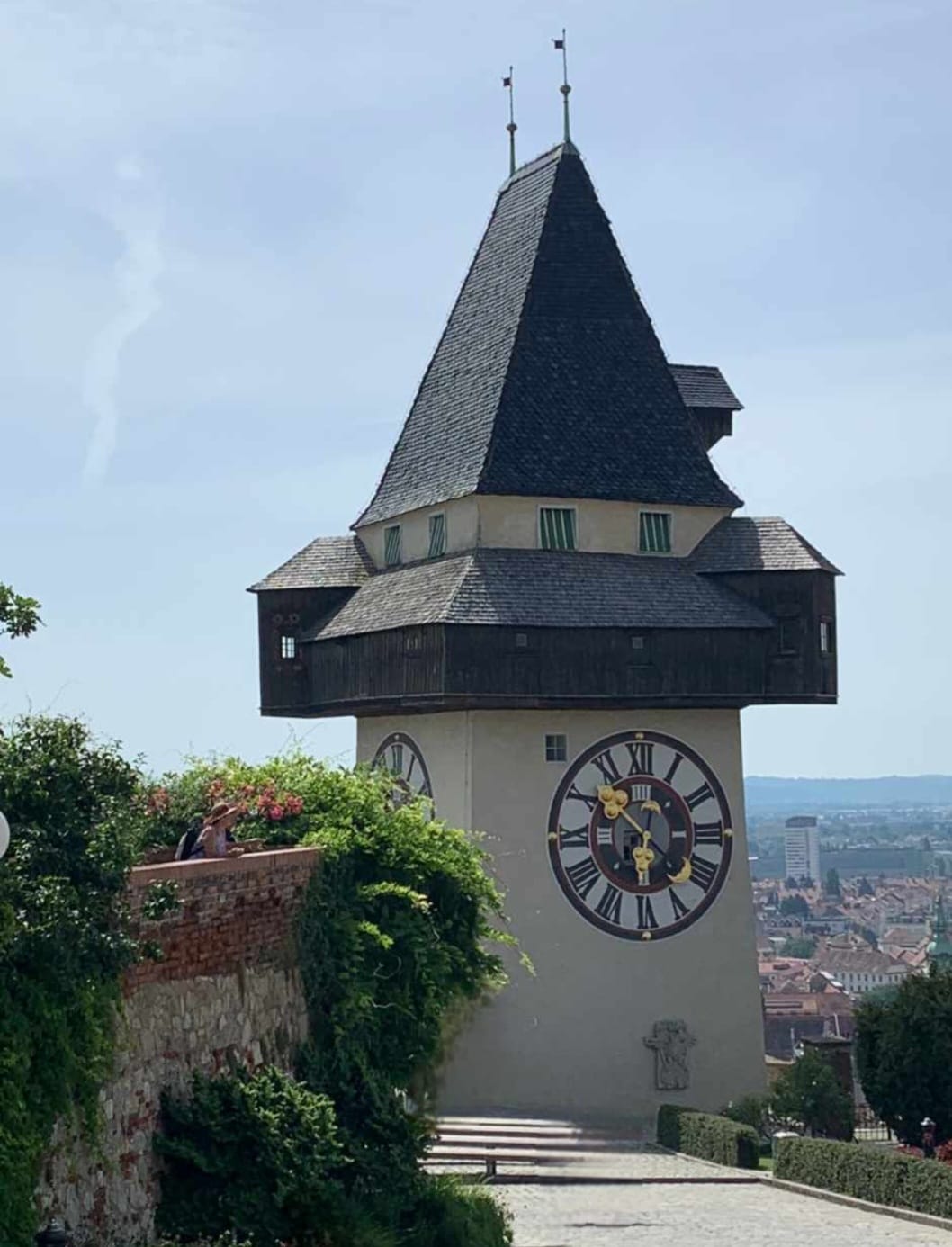
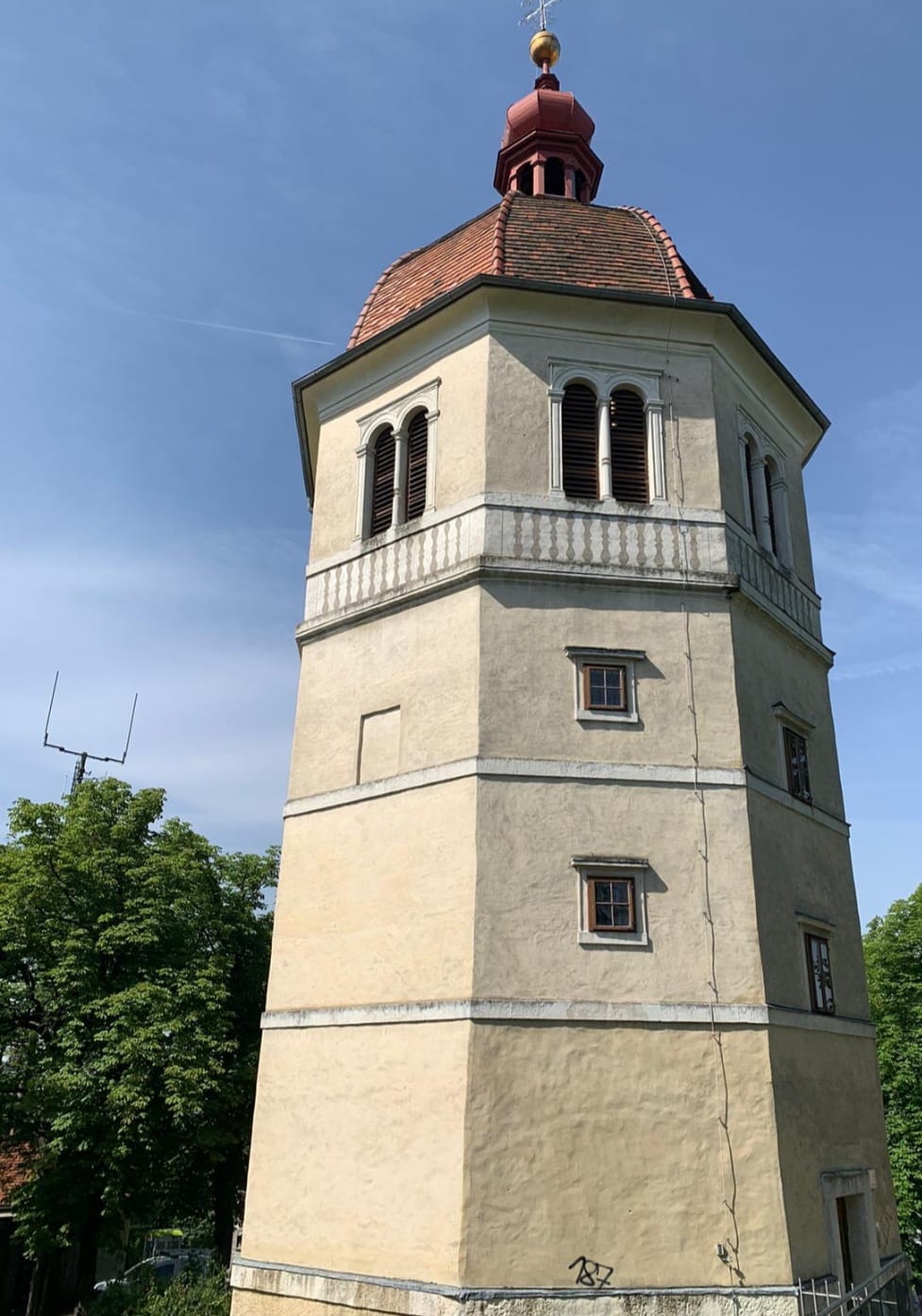
![]() 04.10.25 Copyright Dirk
Rauschenbach Koelnerstrasse 293 51702 Bergneustadt
Datenschutzerklaerung 02261 9788972 Mail ccooly(
at) web.de
04.10.25 Copyright Dirk
Rauschenbach Koelnerstrasse 293 51702 Bergneustadt
Datenschutzerklaerung 02261 9788972 Mail ccooly(
at) web.de